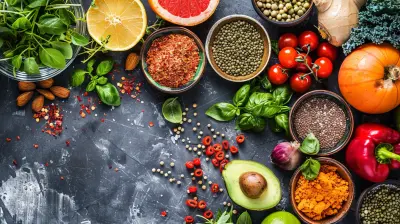How to Use Herbs and Spices to Enhance Vegan Meals
19 October 2025
Going vegan doesn’t mean giving up flavor—in fact, it’s quite the opposite. Once you know how to use herbs and spices to enhance vegan meals, your taste buds will never look back. Plants are vibrant on their own, but when seasoned right, they become next-level delicious. Think of herbs and spices as the paint on your culinary canvas—they bring color, depth, warmth, and spark.
So if your meals are falling flat or tasting a little too plain, don’t blame the tofu. Let's talk about how you can take your vegan dishes from "meh" to mouthwatering just by unlocking the power of your spice rack.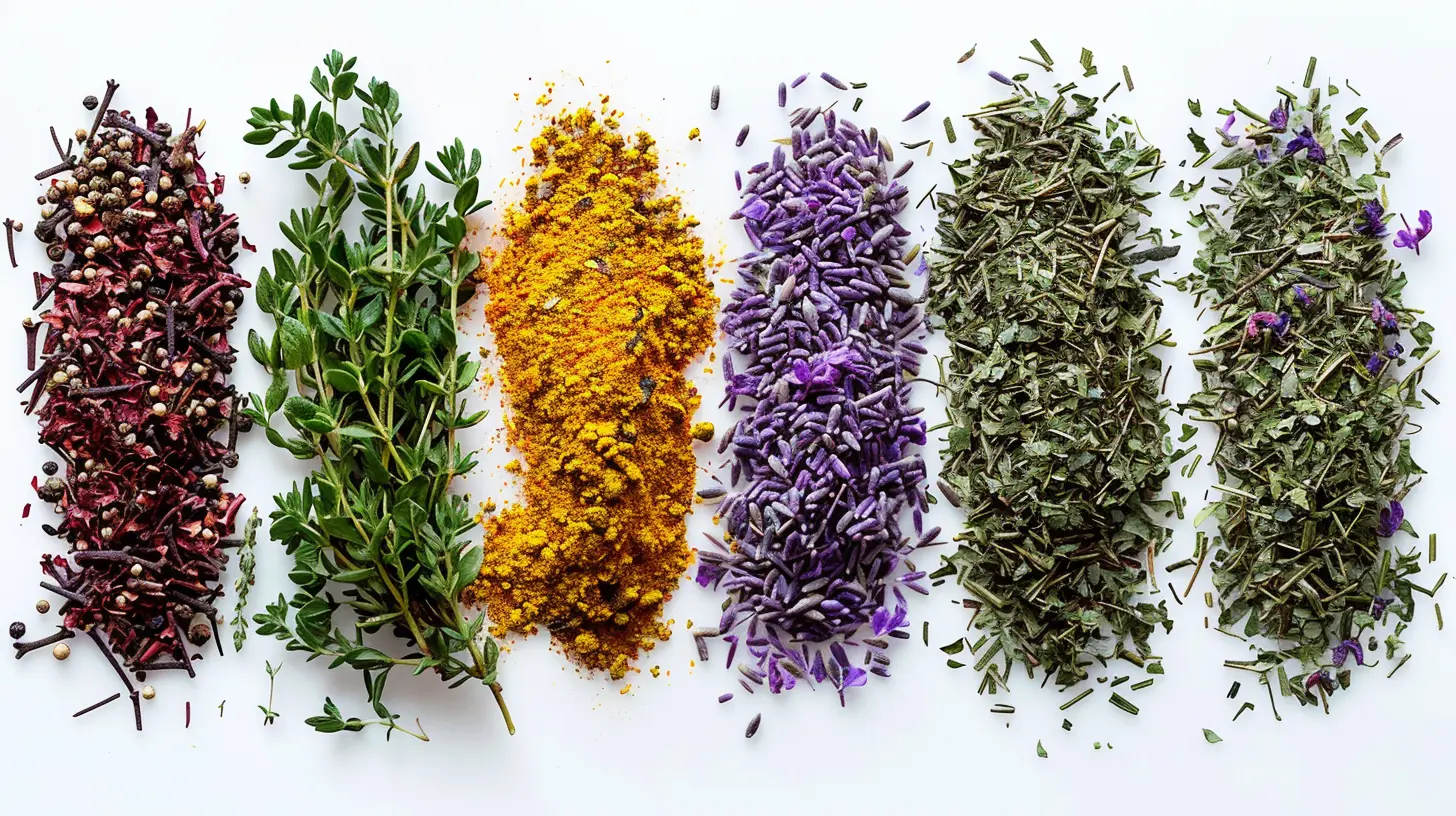
Why Herbs and Spices Matter in Vegan Cooking
Let’s face it—meat often acts as the flavor carrier in traditional meals. Remove that, and you're left to depend on plants, grains, and legumes. That’s not a problem, though. In fact, it’s an opportunity.Herbs and spices don’t just boost flavor—they enhance texture, balance sweetness, cut bitterness, and even amplify umami (yes, plants have umami too!). Plus, many herbs and spices are loaded with antioxidants and nutrients. So while your taste buds are celebrating, your body is silently cheering.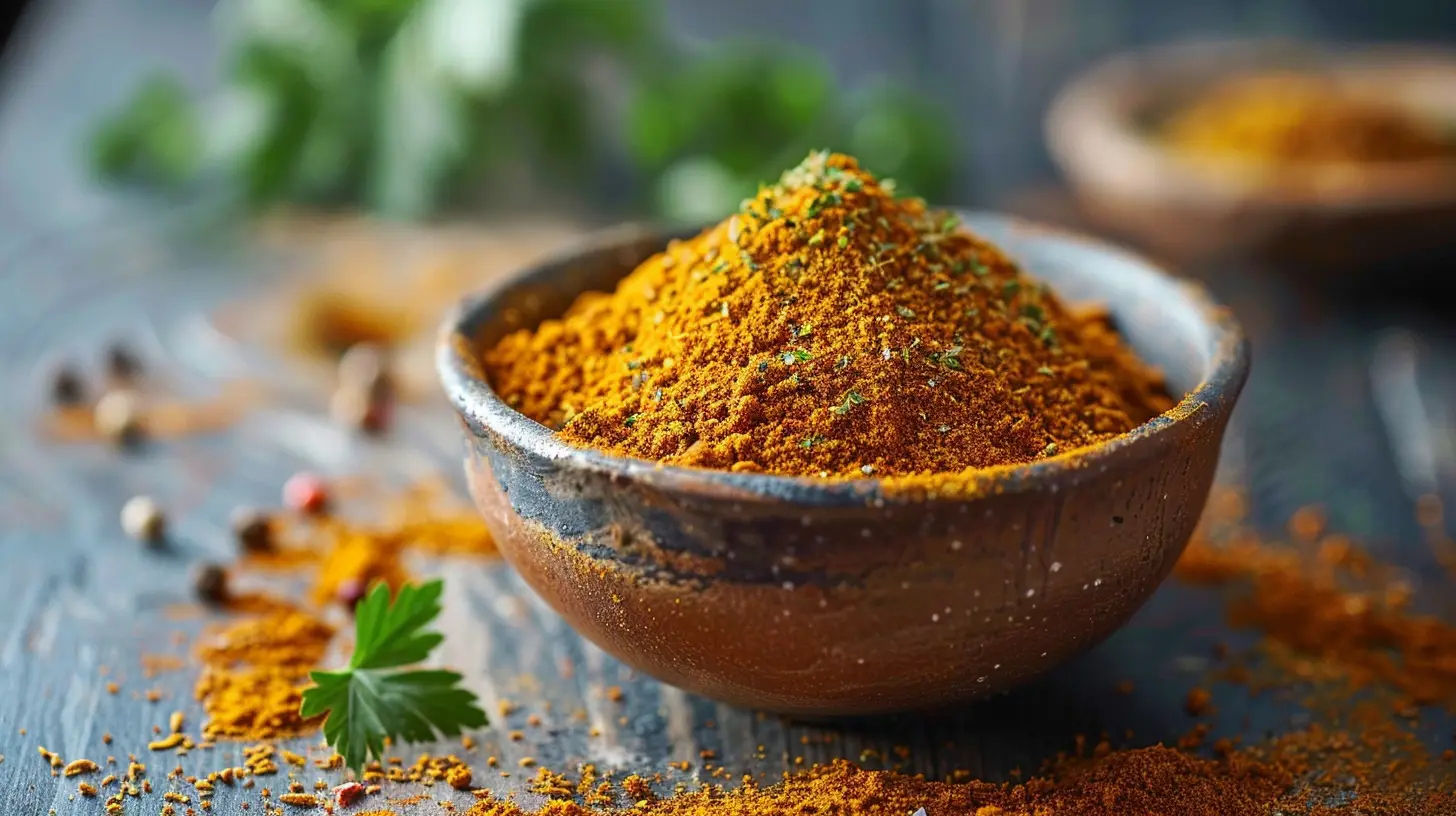
The Basics: Herbs vs. Spices
Before we dive into the nitty-gritty, let’s clear up one thing:- Herbs come from the leafy parts of plants—think basil, cilantro, thyme.
- Spices usually come from seeds, roots, bark, or fruit—like cinnamon, cumin, turmeric.
Why does that matter? Because herbs tend to be more delicate and often added at the end of cooking, while spices can handle heat and are usually added early to infuse flavor.
Got it? Cool. Let’s start spicing things up.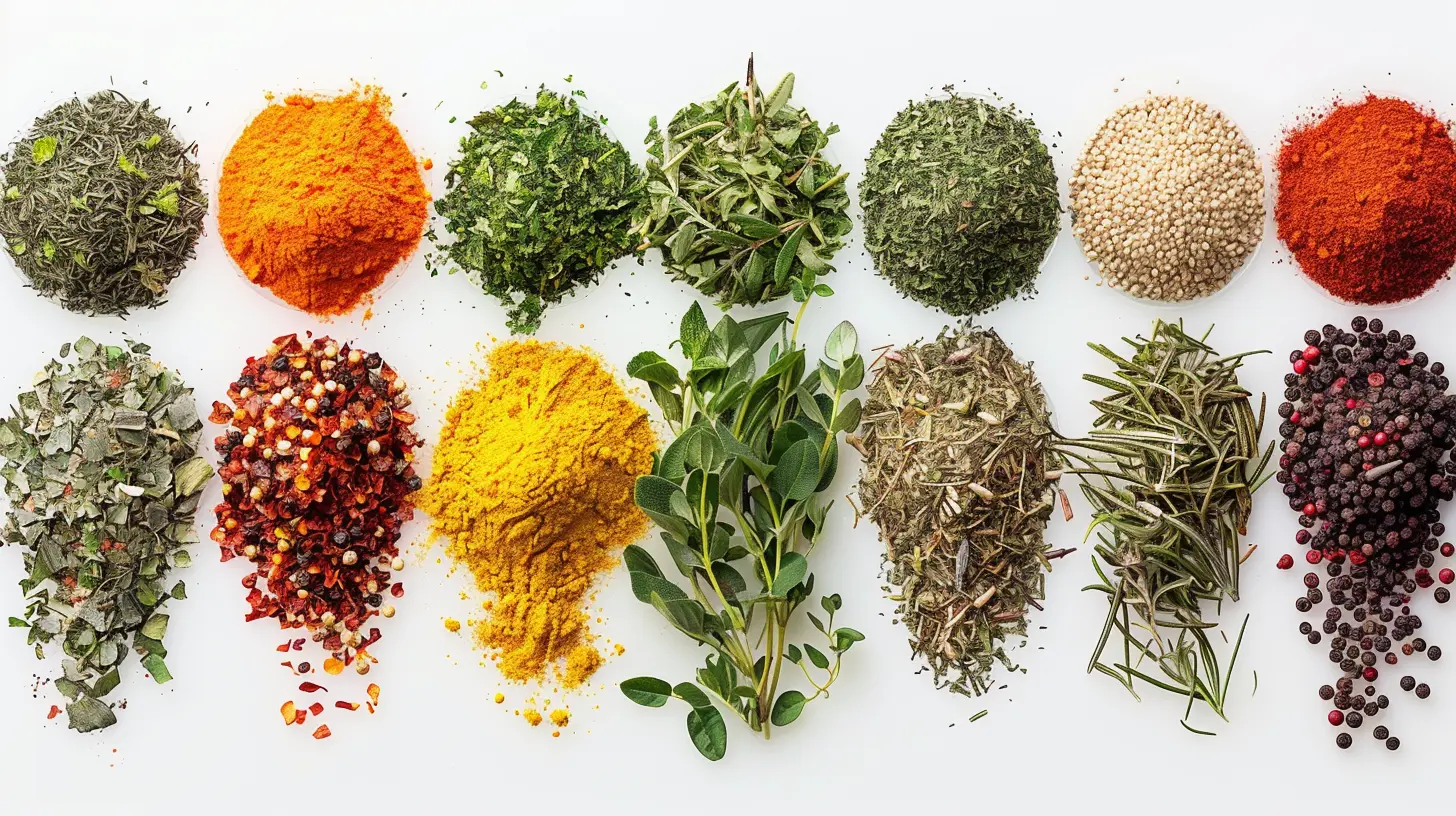
Essential Herbs and Spices for Vegan Meals
You don’t need a massive drawer full of jars to make great food. But having a go-to set of powerful seasonings? That's a game-changer.1. Cumin – The Earthy Backbone
Cumin adds a deep, smoky warmth. It’s your best friend in lentil stews, veggie chili, and curries. It pairs especially well with beans, sweet potatoes, and roasted cauliflower.Tip: Toast it in a dry pan first to intensify the flavor.
2. Turmeric – The Golden Wonder
Besides giving curry that rich yellow color, turmeric has a bitter, earthy note that really wakes up rice, soups, and tofu scrambles. Plus, it’s anti-inflammatory.Tip: Pair it with black pepper—it boosts absorption of curcumin, the active compound.
3. Smoked Paprika – The Vegan Bacon Hack
Want a smoky punch without meat? Smoked paprika adds that umami-rich, slightly sweet hint you get from grilled food. Great on roasted chickpeas, tofu, or mixed into marinades.4. Thyme – Earthy and Balanced
Thyme adds depth to slow-cooked dishes, mushrooms, and root vegetables. It’s subtle but strong—it won't overpower your food but rather tie everything together.5. Rosemary – Bold and Woody
This herb is intense, so use it sparingly. It’s perfect for roasted potatoes, focaccia, or carrot soup. A little goes a long way.6. Basil – Fresh and Sweet
Fresh basil is a flavor bomb. It’s magic in pasta, tomato-based sauces, and salads. Tear the leaves just before serving to keep that aromatic punch intact.7. Chili Flakes – The Kick You Crave
Want heat? Add crushed red pepper or chili flakes. They boost flavor in sautéed greens, stir-fries, and lentil tacos. You control the sizzle.8. Coriander – Citrus-like Brightness
Not to be confused with cilantro (the leaf), coriander is made from the seeds. It adds a lemony flavor to curries, soups, and even baked goods.9. Ginger – Sweet, Spicy, and Zingy
Fresh or ground, ginger is great in stir-fries, smoothies, and spiced desserts. It’s warming and excellent for digestion.10. Cinnamon – Sweet and Unexpectedly Savory
Yeah, it’s killer in oatmeal and muffins. But cinnamon shines in savory dishes too—like Moroccan tagines or spiced lentil stews.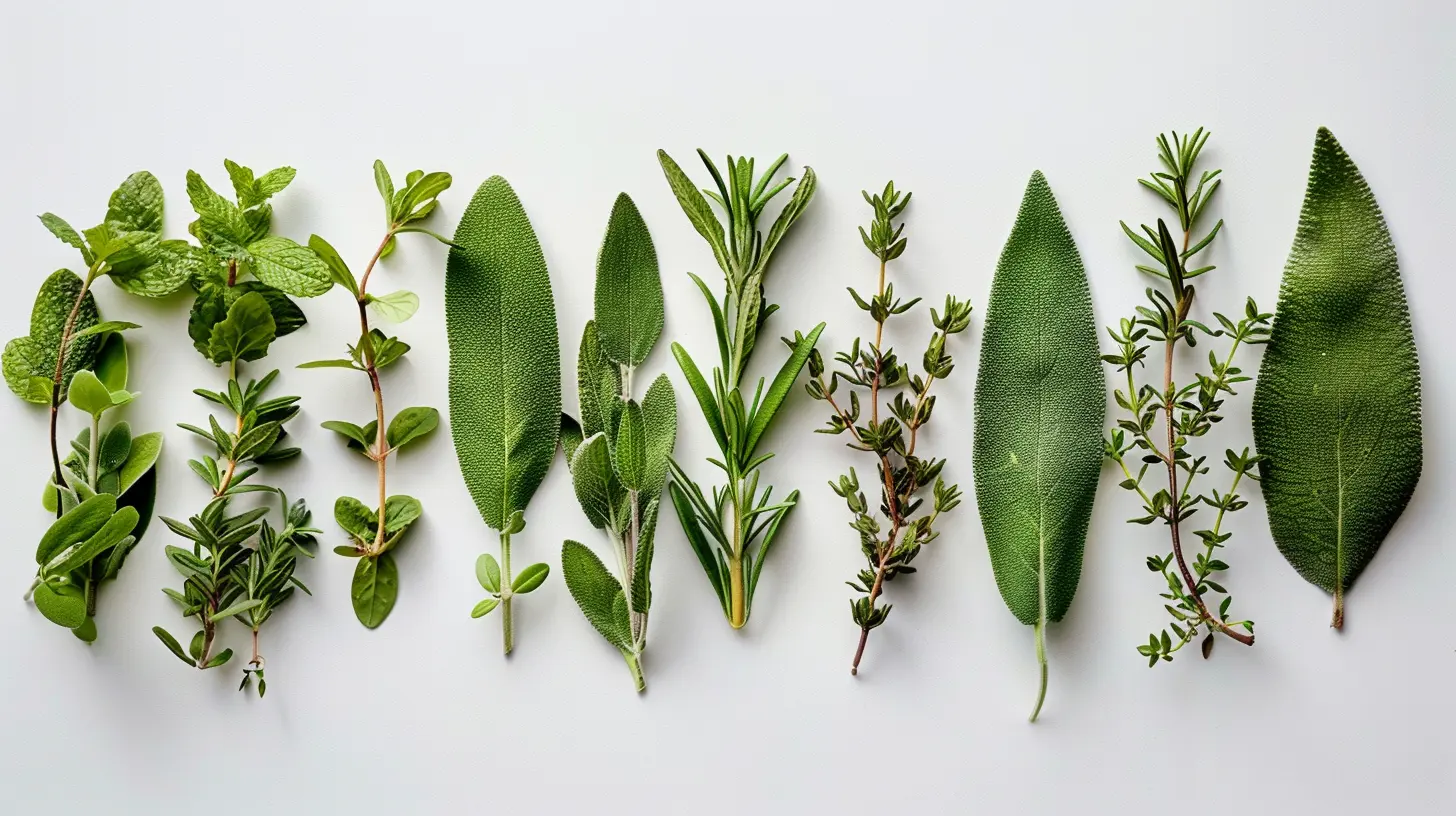
Matching Herbs and Spices with Vegan Ingredients
Let’s break it down. Pairing the right herbs and spices with your ingredients is where the magic happens.🌿 For Vegetables
- Root veggies (carrot, beet, sweet potato): Try rosemary, cinnamon, cumin.- Leafy greens (spinach, kale, chard): Garlic, nutmeg, smoked paprika.
- Cruciferous (broccoli, cabbage, cauliflower): Turmeric, coriander, black pepper.
🌿 For Legumes
Beans and lentils are blank slates. Season them boldly.- Chickpeas: Cumin, paprika, curry powder, garlic.
- Black beans: Oregano, chili powder, lime zest.
- Lentils: Thyme, bay leaf, turmeric, ginger.
🌿 For Grains
Grains love herbs—they soak up flavor like sponges.- Rice: Cardamom, bay leaf, turmeric.
- Quinoa: Cilantro, lemon zest, cumin.
- Couscous: Cinnamon, coriander, mint.
🌿 For Tofu and Tempeh
Neutral by nature, these proteins need bold seasoning.- Tofu: Marinate with soy sauce, ginger, garlic, sesame oil.
- Tempeh: Smoked paprika, chili powder, thyme, Dijon mustard.
Layering Flavors: When and How to Add Spices
Flavor isn’t just about what you use—it’s when and how you use it.Dry vs. Fresh
- Dry herbs are more potent—use them earlier in cooking so they can soften and release flavor.- Fresh herbs are delicate—add at the end or use raw as a garnish.
Toasting Spices
Heat unlocks aroma. Toast whole spices like cumin or mustard seeds in a dry pan for 30 seconds. The smell? You’ll know when they’re ready.Blooming in Oil
Ever notice how Indian cooking starts with sizzling spices in oil? That’s “blooming.” It deepens flavor and coats every ingredient evenly. Try it with garlic, chili, or mustard seeds.Global Flavor Profiles to Inspire You
One way to keep your vegan meals exciting is by channeling flavor profiles from around the world. Here's how herbs and spices do the heavy lifting:🌶 Indian
- Spices: Turmeric, cumin, coriander, mustard seeds, garam masala.- Herbs: Cilantro, curry leaves.
- Great for: Lentil dal, chickpea curry, spiced rice.
🌿 Mediterranean
- Spices: Oregano, cinnamon, allspice.- Herbs: Parsley, basil, thyme, rosemary.
- Perfect for: Tomato-based pasta, grain bowls, roasted vegetables.
🌶 Mexican
- Spices: Cumin, chili powder, smoked paprika, coriander.- Herbs: Cilantro, oregano.
- Best with: Tacos, black bean soup, grilled corn.
✨ Middle Eastern
- Spices: Sumac, cinnamon, cumin, cardamom.- Herbs: Mint, parsley, dill.
- Try it in: Hummus, falafel, stuffed grape leaves.
🌱 Asian
- Spices: Ginger, garlic, five spice, turmeric.- Herbs: Thai basil, green onion, cilantro.
- Use in: Stir fry, noodle bowls, curries.
Tips for Building a Vegan Flavor Bomb
Ready to create your own flavor-forward meals? Here’s how to start building layers:1. Start with Aromatics: Onion, garlic, ginger—sauté them for a solid foundation.
2. Add Dried Spices Early: Let them toast and bloom.
3. Introduce Veggies or Proteins: Let them soak up that base.
4. Balance with Acid: A splash of lemon juice or vinegar lifts everything.
5. Finish with Fresh Herbs: Add brightness and fresh flavor at the end.
6. Season to Taste: Salt brings out the essence of your herbs and spices.
Common Mistakes to Avoid
Let’s keep it real—spices are powerful, but they can backfire if used wrong.- Overloading: Don’t mix every spice you’ve got. Aim for 2–3 complementary flavors.
- Going stale: Old spices lose their punch. If it doesn’t smell like much, it won’t taste like much either.
- Adding herbs too early: Fresh herbs lose flavor when cooked too long.
- No balance: Spice without salt, sweet without sour—balance is everything.
Make Your Own Spice Blends
Pre-made blends are fine, but DIYing them gives you control and freshness. Try these combos:Chili Lime Seasoning
- Chili powder- Paprika
- Garlic powder
- Lime zest
- Salt
Perfect for tacos, tempeh, or roasted corn.
Mediterranean Herb Mix
- Dried oregano- Thyme
- Basil
- Rosemary
- Black pepper
Sprinkle on roasted vegetables or toss in pasta.
Curry Spice Blend
- Turmeric- Cumin
- Coriander
- Ginger
- Mustard seeds
Stir into coconut milk for an instant curry base.
Final Thoughts
Using herbs and spices to enhance vegan meals isn’t just about flavor—it’s about creativity and confidence. Every time you sprinkle a little cumin or garnish with basil, you’re not just cooking—you’re building a story on a plate.So don’t be afraid to play around. Taste as you go, trust your instincts, and remember that seasoning is where the magic happens. Whether you’re cooking up a curry, roasting veggies, or blending up a soup, your spice rack is your ultimate secret weapon.
Bon Appétit—and happy seasoning
all images in this post were generated using AI tools
Category:
Vegan DietAuthor:

Laura Hudson
Discussion
rate this article
1 comments
Astrid Lambert
Embrace the vibrant world of herbs and spices! They not only elevate the flavor of your vegan meals but also enrich your health with their incredible nutrients. Experimenting with these natural treasures can transform your cooking, making every dish a delightful experience. Let your culinary creativity flourish on this wholesome journey!
November 13, 2025 at 5:53 AM

Laura Hudson
Thank you for celebrating the power of herbs and spices! They truly are transformative in vegan cooking, enhancing flavors and boosting nutrition. Happy experimenting!
